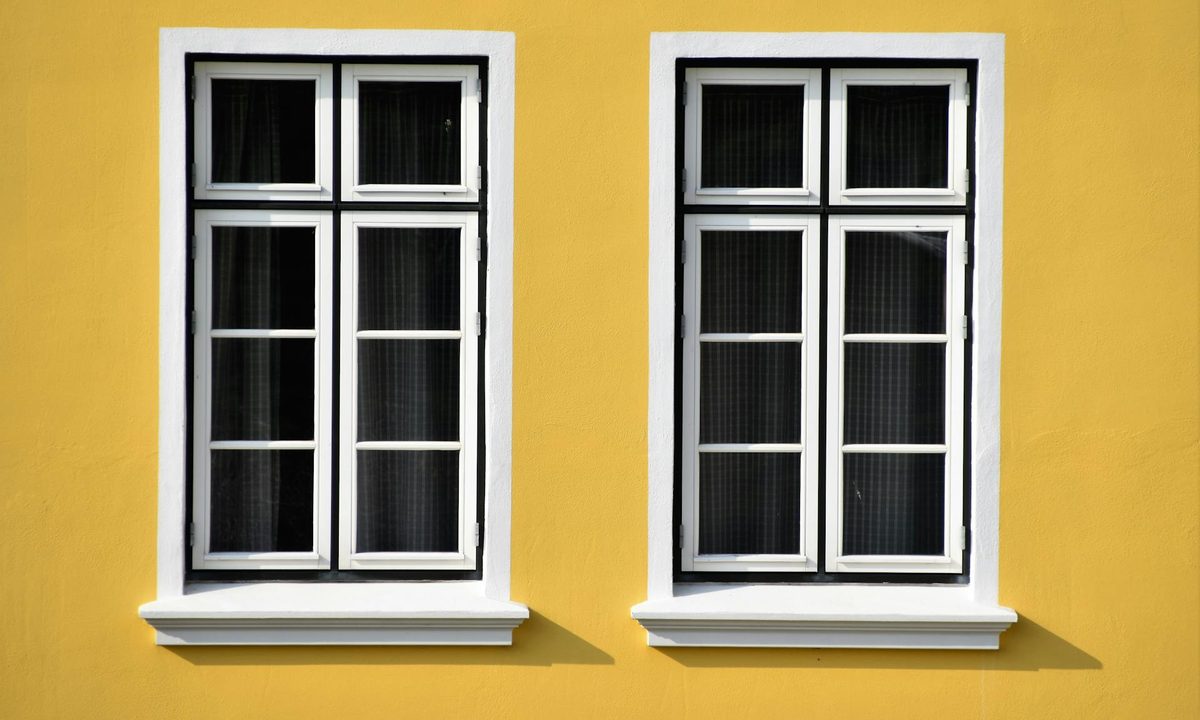When it comes to enhancing both the look and functionality of your home, understanding the different types of windows is crucial. Windows play a significant role in determining how much natural light enters a room, the level of ventilation, and even the overall energy efficiency of your space.
With so many options available, it can be challenging to know where to start. But we’re going to guide you through common types of windows, their benefits, and factors to consider when choosing the right ones for your home.
Common types of windows
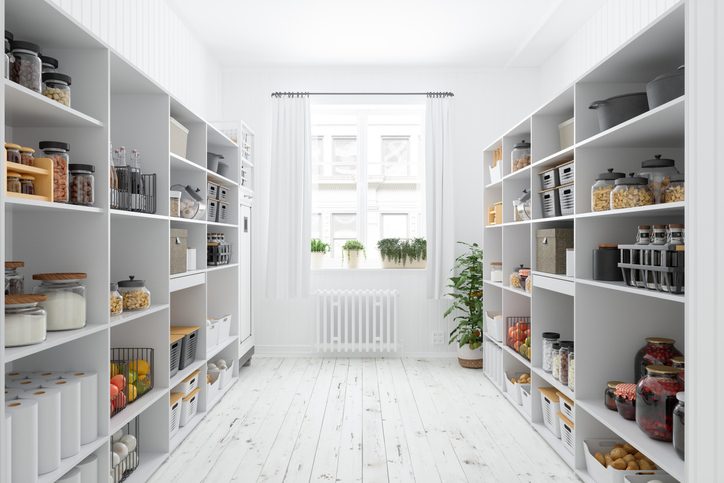
There are several types of windows available, each with unique features and advantages. Let’s explore each type and consider who and where they’re best for in the home.
Casement windows
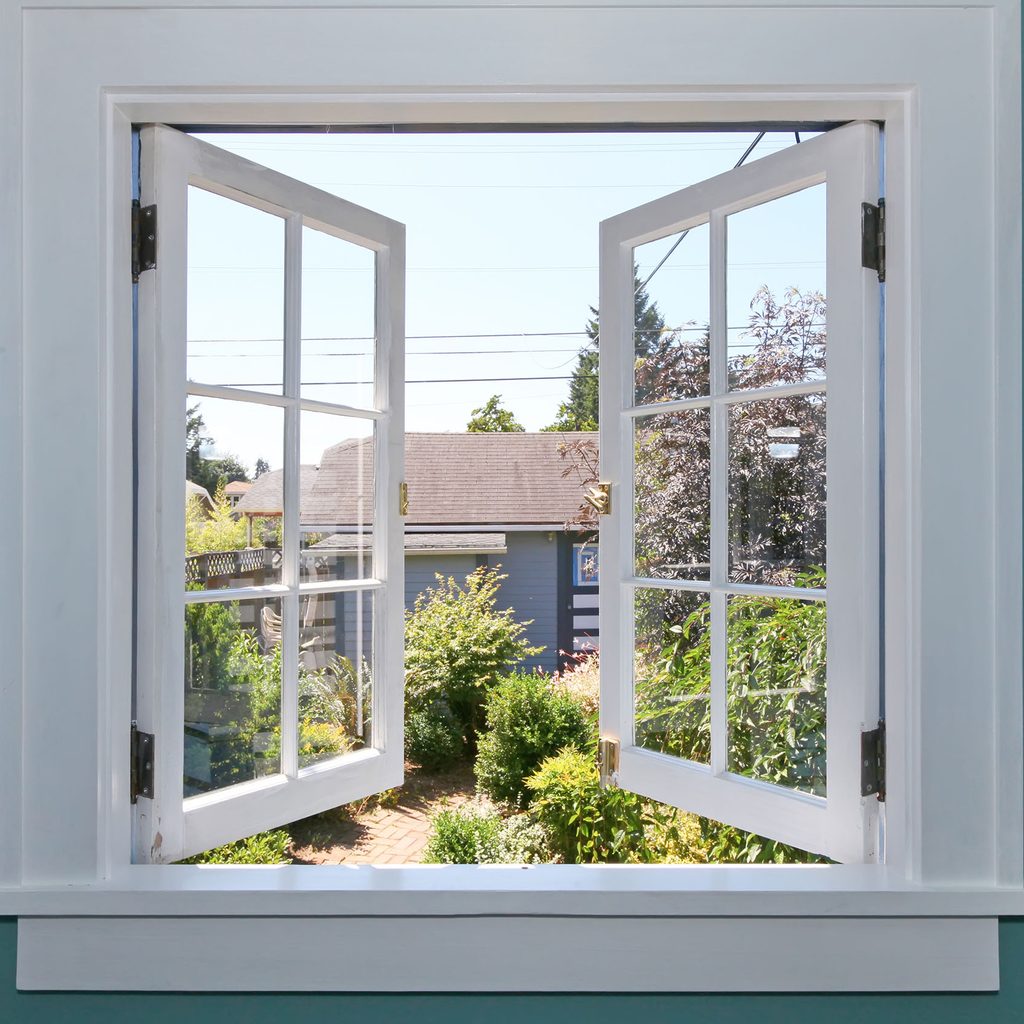
Casement windows are hinged on one side and open outward, making them a popular choice for areas where you want maximum ventilation. These windows are often operated with a crank, which makes them easy to open, even in hard-to-reach places, such as above kitchen sinks. One of the biggest advantages of casement windows is their tight seal when closed, offering excellent energy efficiency and protection against drafts.
Casement windows are ideal for homeowners who prioritize ventilation and energy efficiency. However, they may not be ideal in areas with strong winds, as the outward-opening feature can be susceptible to gusts. Overall, casement windows are a solid choice for kitchens, bathrooms, and other spaces where airflow is essential.
Single-hung and double-hung windows
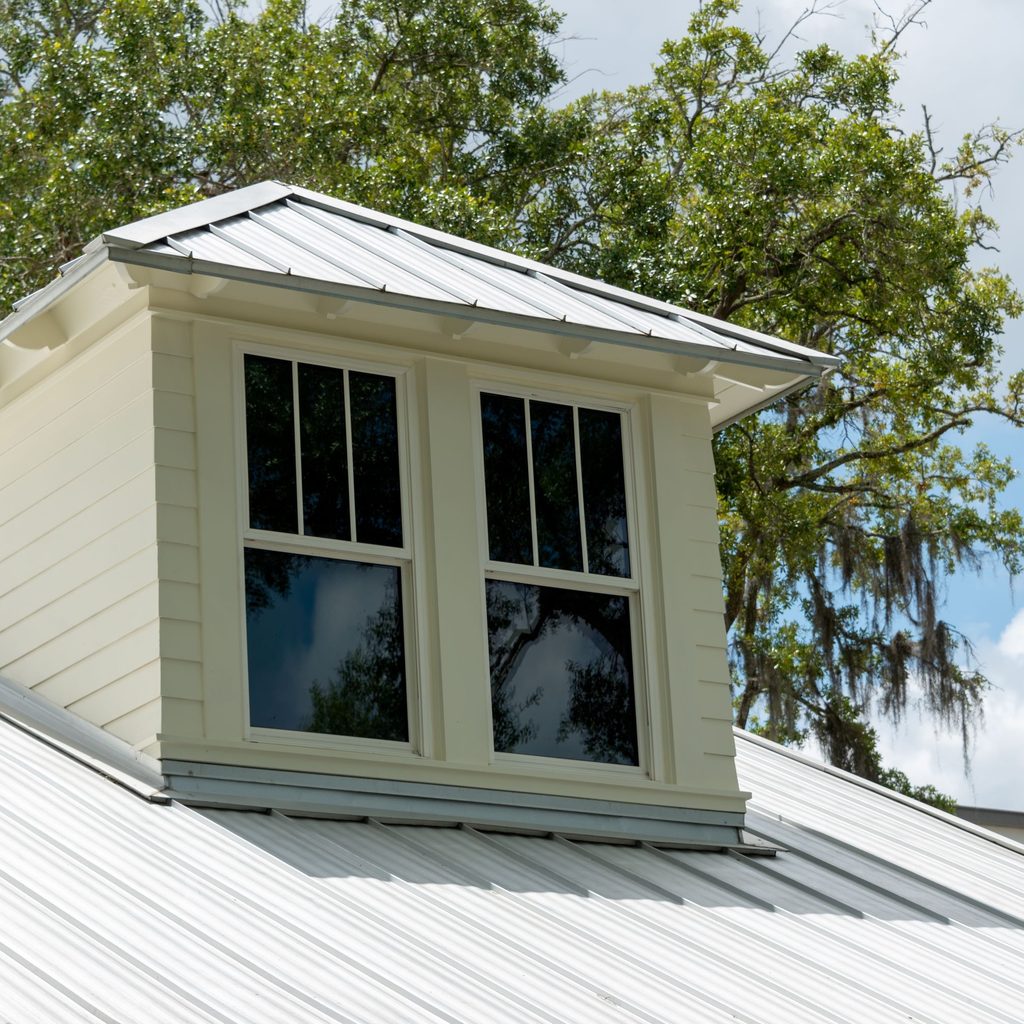
Single-hung and double-hung windows are classic options that bring a timeless look to many homes. Single-hung windows open only from the bottom, while double-hung windows allow you to open both the top and bottom sashes. This dual-opening feature offers improved ventilation options and makes cleaning the exterior of the window easier.
Single- and double-hung windows are ideal for traditional-style homes and are often chosen for their aesthetic appeal and ease of use. Double-hung windows, in particular, are an excellent choice for upper-story rooms where cleaning from the inside is safer. While they don’t provide as much ventilation as casement windows, their classic design makes them versatile for many home styles.
Sliding windows
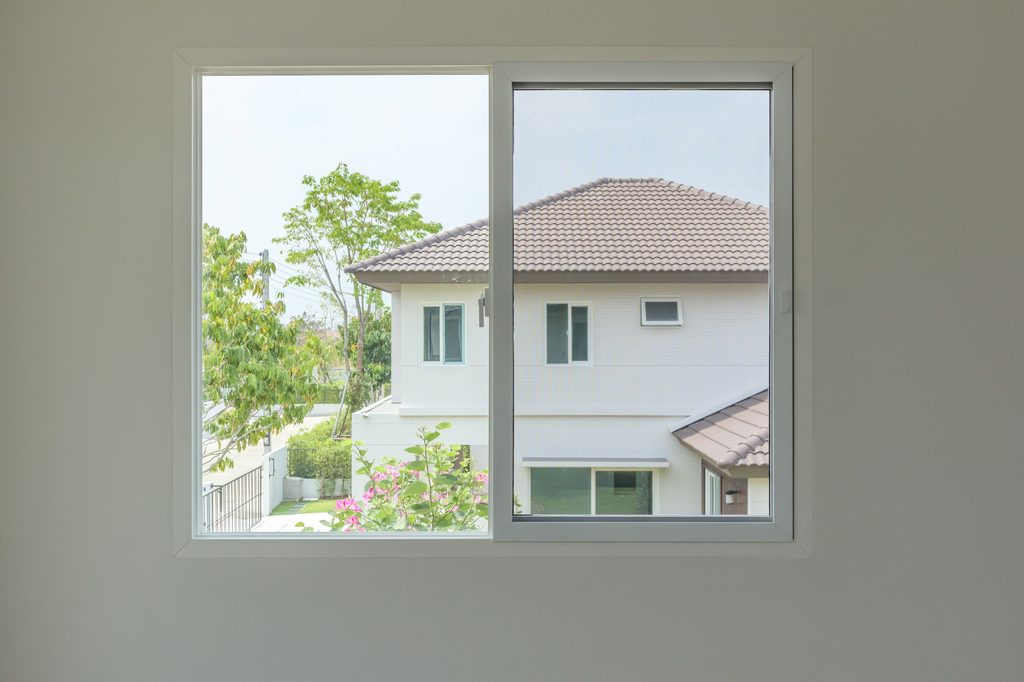
Sliding windows open horizontally, with one or both sashes sliding left or right along a track. These windows are popular for their ease of use and sleek, modern look, making them a go-to choice for contemporary homes. Sliding windows are also efficient in terms of space since they don’t require room for outward or inward opening.
Ideal for spaces with limited vertical clearance, sliding windows are commonly found in basements, bathrooms, and kitchens. While they provide good ventilation, their horizontal design can make them harder to clean on the outside. However, their minimalist appeal and functionality make them an attractive choice for many homeowners.
Awning windows

Awning windows are hinged at the top and open outward, creating an awning-like effect. This unique design allows these windows to be left open during rain, as the glass acts as a cover that prevents water from entering. Awning windows are often smaller in size and typically used in combination with other windows or in spaces that require privacy, such as bathrooms.
These windows are perfect for areas where weather protection is essential, like coastal or rainy climates. While their outward-opening design might not be ideal for high-traffic outdoor areas, they’re a great option for keeping out rain while allowing fresh air inside.
Bay and bow windows
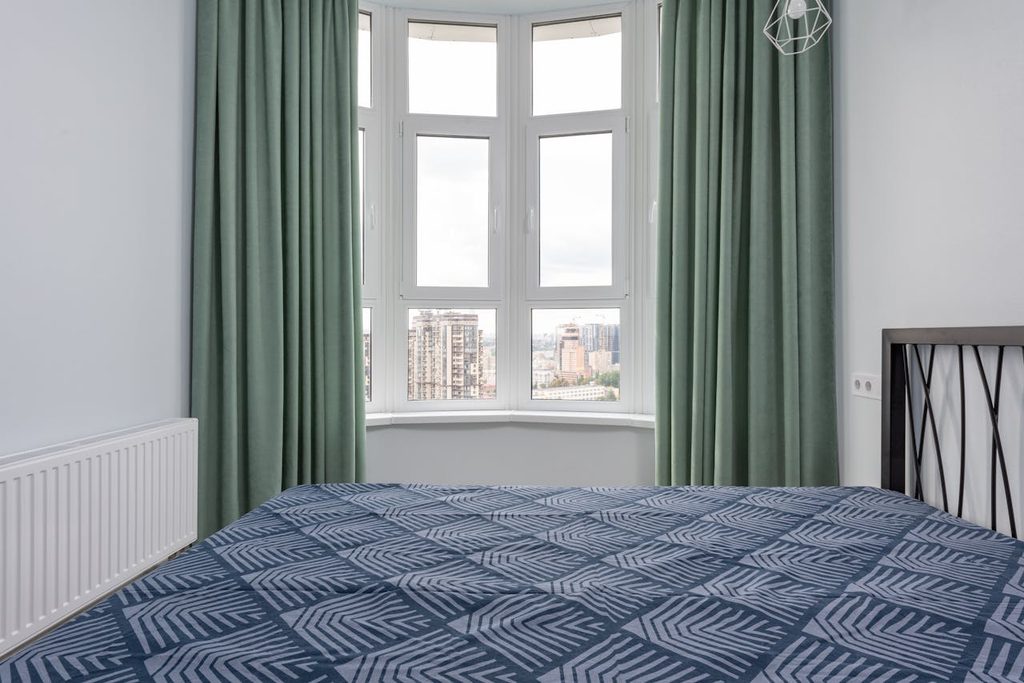
Bay and bow windows project outward from a home’s exterior wall, creating a cozy nook or seating area inside. Bay windows typically consist of three panels (one large center window flanked by two smaller ones), while bow windows have four or more panels arranged in a gentle curve. These types of windows are favored for their architectural appeal and ability to create more interior space.
Bay and bow windows are an excellent choice for living rooms or dining areas, where a panoramic view and natural light can enhance the ambiance. While they’re beautiful and add value, they do come with a higher price tag and may require custom installation. Still, their stunning aesthetics and spacious feel make them a worthwhile investment.
Picture windows
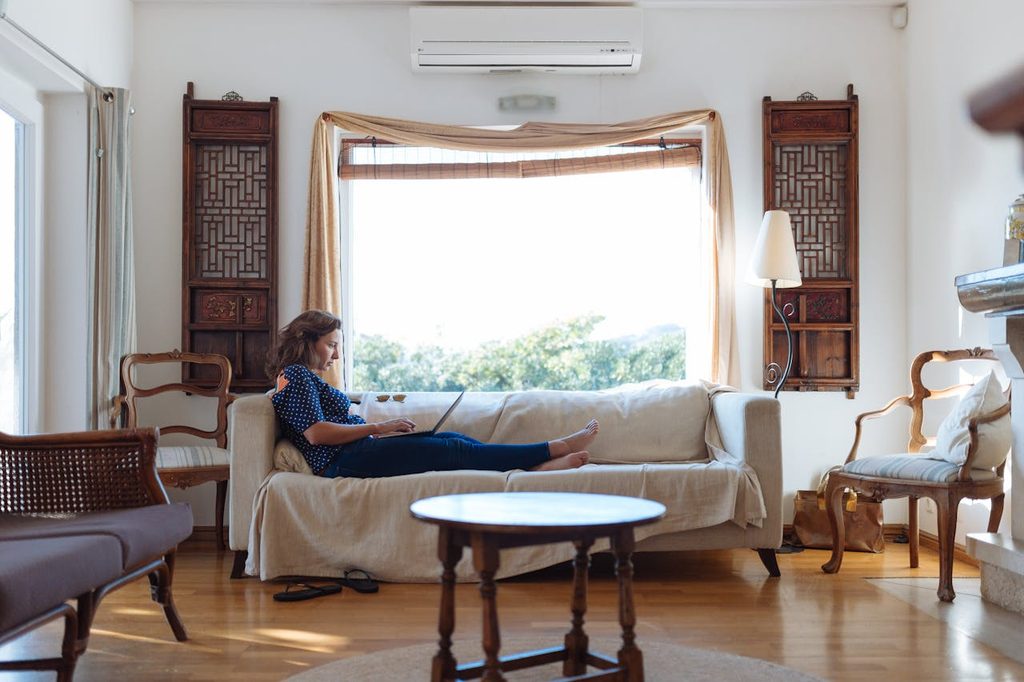
Picture windows are large, fixed-pane windows that do not open. As their name suggests, they’re often used to capture picturesque views, providing an unobstructed look at the outdoors. Picture windows are perfect for homeowners who prioritize natural light and want to showcase scenic landscapes.
Since they don’t open, picture windows are best suited for areas where ventilation isn’t a priority, like living rooms or other gathering spaces. Their energy efficiency is also noteworthy, as there are no moving parts that could allow drafts. However, they may not be ideal in rooms that rely on airflow, as they lack ventilation.
Shaped windows
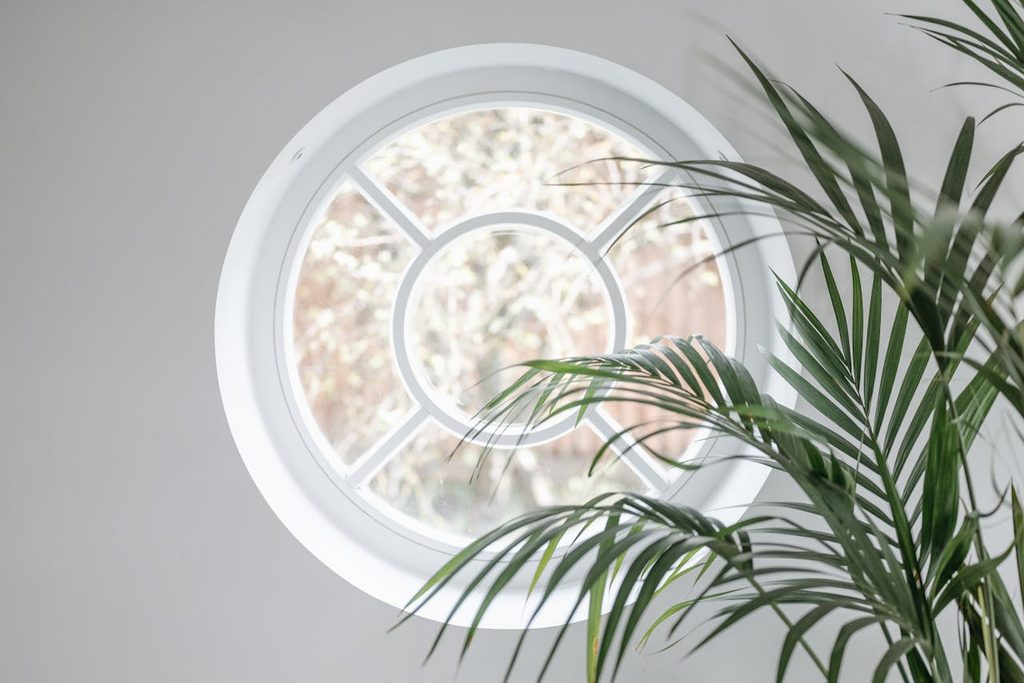
Shaped windows come in various unique shapes, such as circles, triangles, or arches, allowing homeowners to add custom flair to their home’s design. These windows are often fixed and used as accent pieces that complement standard window types.
Perfect for adding character to rooms like entryways, staircases, or bathrooms, shaped windows are more about aesthetics than functionality. Their biggest drawback is that, being fixed, they don’t provide ventilation, but their custom appearance can make a strong design statement.
Factors to consider when choosing types of windows
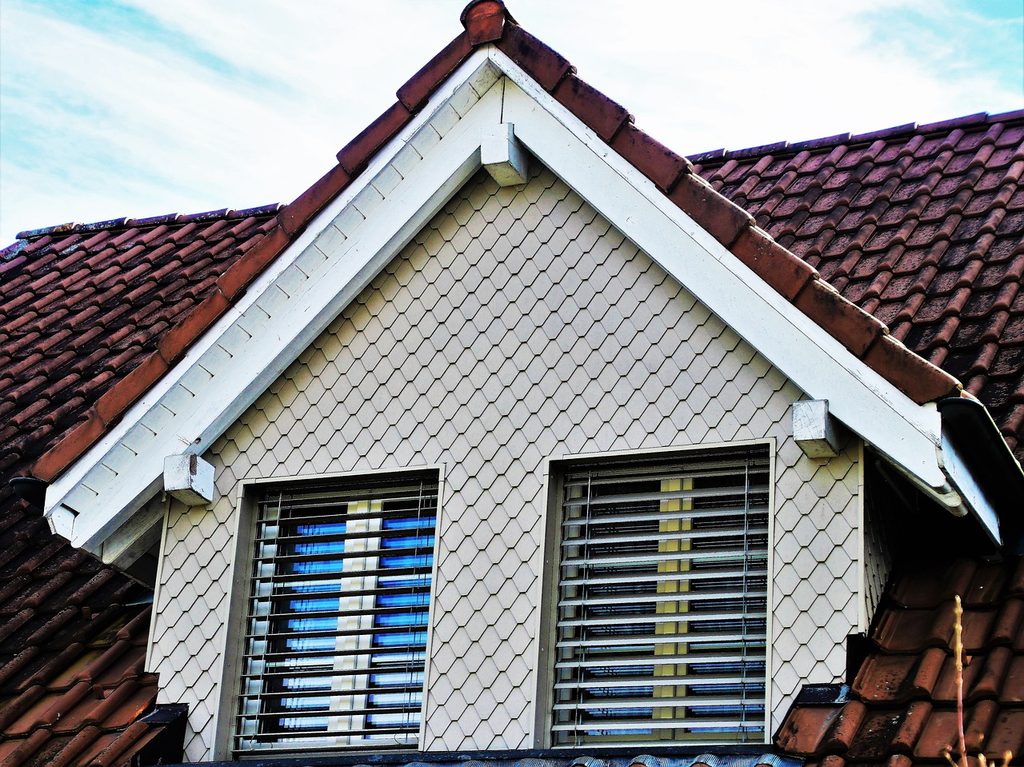
Choosing the right window type for your home involves considering factors like climate, architectural style, and specific room needs. Energy efficiency is a significant consideration, especially if you’re looking to reduce heating and cooling costs.
Additionally, you’ll want to think about maintenance requirements, security features, and whether the windows suit your home’s overall aesthetic. Window durability, frame materials, and window installation costs are also critical aspects to evaluate to ensure you make the best choice for your home’s needs.
Which types of windows add value to your home?
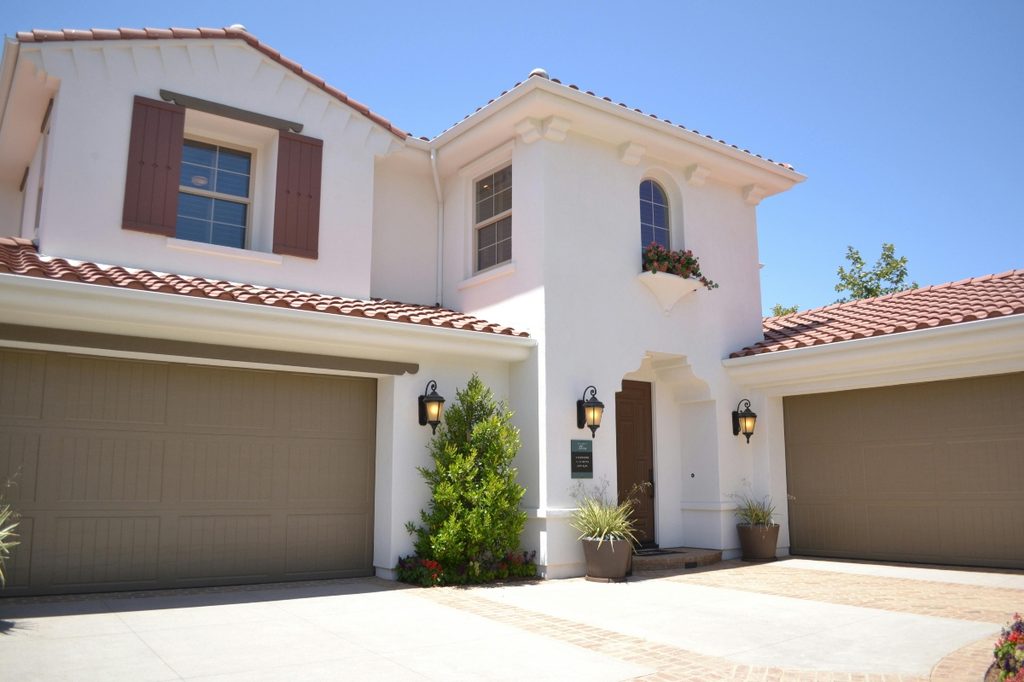
Certain types of windows can boost your home’s value more than others, especially when they enhance curb appeal, energy efficiency, and functionality. Bay and bow windows, for example, are seen as valuable investments due to their visual impact and added space. Energy-efficient options like casement or double-hung windows can also contribute to long-term savings, making them attractive to potential buyers. High-quality materials and professional installation further add to the window’s lifespan and appeal, enhancing your home’s overall value.
Understanding the different types of windows can make a significant impact on your home’s style, energy efficiency, and comfort. Each window type offers unique benefits and is best suited for specific spaces and needs. Whether you’re drawn to the versatility of double-hung windows or the statement-making appeal of bay windows, selecting the right type can elevate both the look and functionality of your home. Make your choice based on your lifestyle, home design, and long-term goals to find windows that truly enhance your living space.
